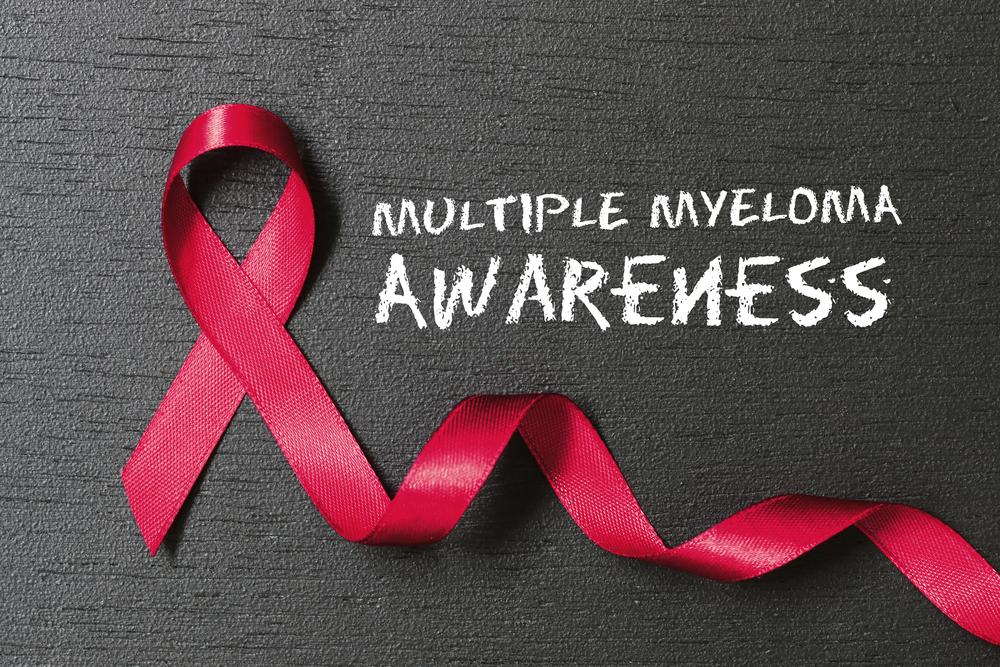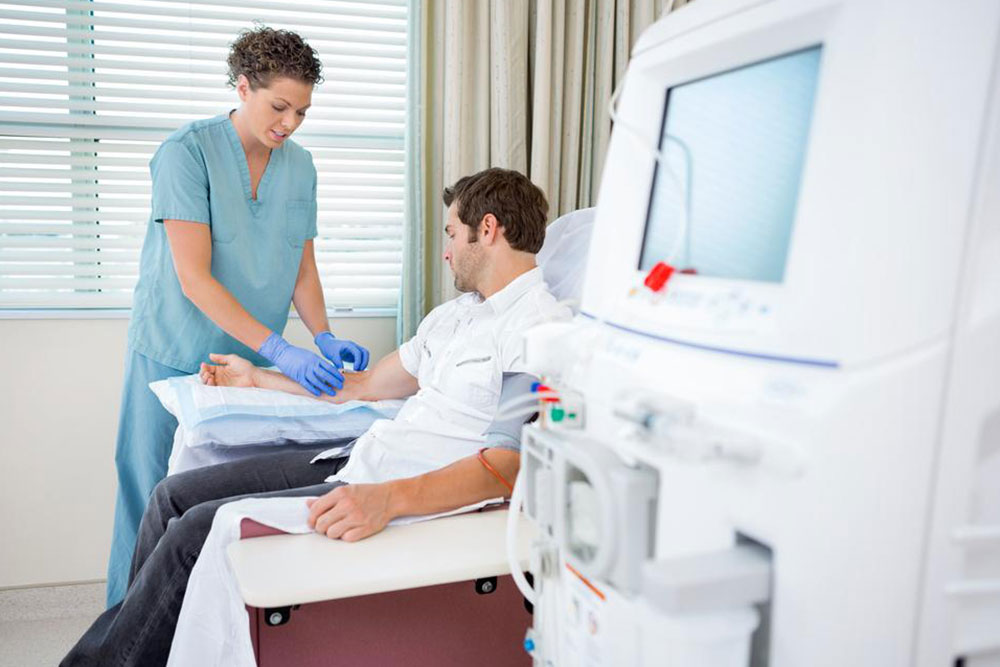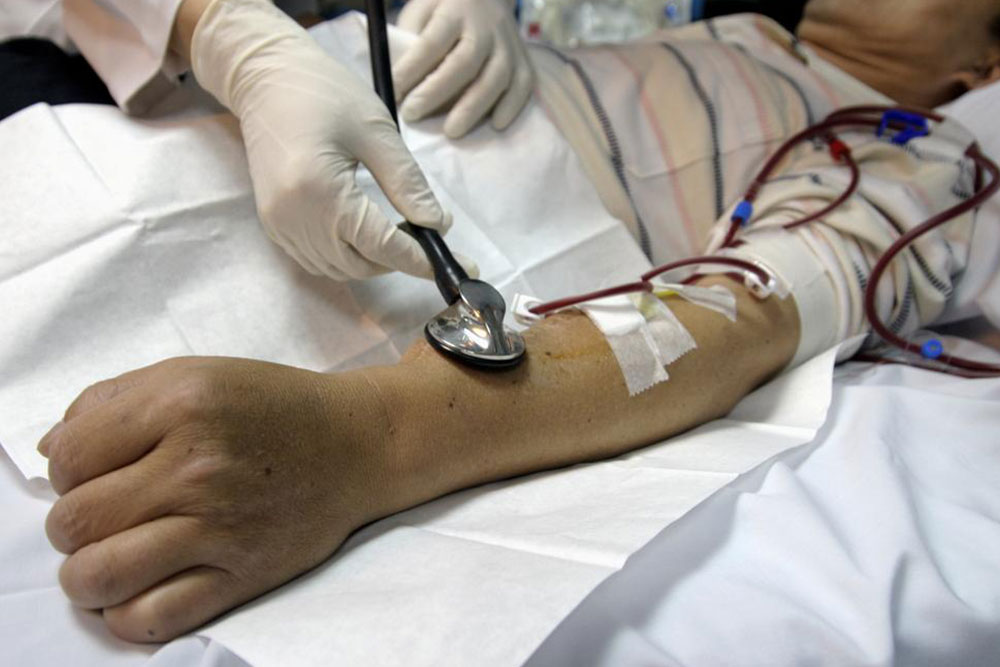Key Insights into Kidney Dialysis and Treatment Options
Discover essential insights into kidney dialysis, its importance, types, and signs of kidney failure. Learn how this life-saving treatment helps those with severe kidney damage maintain health and manage symptoms effectively. Early diagnosis and treatment are crucial for better outcomes, ensuring a better quality of life for patients with kidney issues.

Vital Information on Kidney Dialysis and Its Role in Life Preservation
Unexpected health challenges can force individuals to consider options they never anticipated. Kidney dialysis is generally a last resort for those with severe kidney damage. This treatment helps filter waste and excess fluids when the kidneys can no longer perform their natural functions. Dialysis, also called Renal Replacement Therapy (RRT), plays a crucial role in extending life when kidney function drops significantly. Without proper treatment, waste buildup can be life-threatening, making dialysis an essential intervention in critical cases.
The kidneys normally manage waste removal and regulate body fluid levels. They also produce certain substances essential for metabolism, which dialysis cannot replicate. The importance of dialysis lies in its ability to perform these vital functions artificially, especially when the kidneys fail by more than 90%. Studies show that over 14% of the population suffers from various kidney diseases, emphasizing the significance of timely intervention.
Kidneys filter approximately 150 quarts of blood daily. When they fail, waste products and toxins can accumulate rapidly, risking blood poisoning or coma if not promptly addressed. Dialysis helps prevent dangerous toxin buildup, removing harmful substances from the bloodstream during emergencies.
Types of Dialysis Treatments
The three primary forms of dialysis are Intermittent Hemodialysis (IHD), Peritoneal Dialysis (PD), and Continuous Renal Replacement Therapy (CRRT). Each has unique features suitable for different patient needs.
Intermittent Hemodialysis
This method involves circulating blood outside the body through a machine that purifies it before returning it to the patient. It requires surgically inserting a catheter and is typically performed thrice weekly either in hospitals or at home.
Peritoneal Dialysis
This technique uses a sterile dialysate sent into the peritoneal cavity surrounding the intestines. Wastes diffuse into the dialysate, which is then drained out. The process can be continued overnight at home, making it more flexible for patients.
Continuous Renal Replacement Therapy
Available only in intensive care units, CRRT is a slow, continuous process that removes fluid and toxins gradually through either diffusion or filtration, providing better tolerance for critically ill patients.
The effectiveness of dialysis is evident, though it does not fully replace kidney function. Patients can maintain a relatively normal life with proper management, though some dietary and activity restrictions are necessary.
Kidney failure symptoms often develop gradually, making early detection difficult. Signs include frequent urination, fatigue, nausea, blood in urine, erectile dysfunction, itchy skin, swelling, and shortness of breath. Causes range from chronic disease to sudden injury, often leading to anemia due to decreased erythropoietin production by the kidneys. Timely diagnosis and treatment are vital for prognosis.
Our kidneys are vital for maintaining internal balance, regulating water, and controlling blood pressure. When they malfunction, internal homeostasis is disrupted. If you experience any symptoms listed above, consult a healthcare professional promptly for evaluation and treatment guidance.









